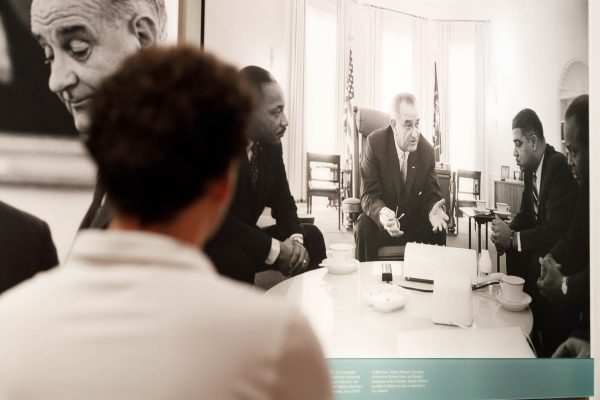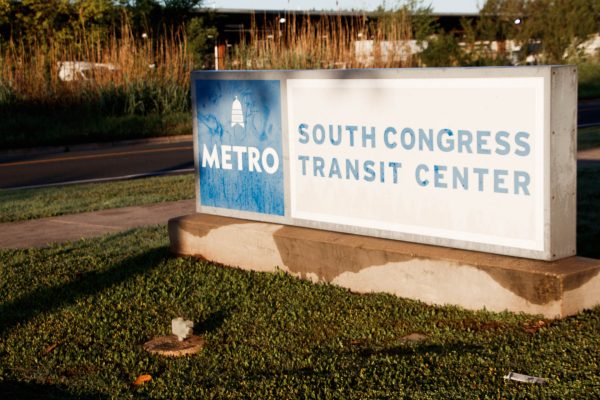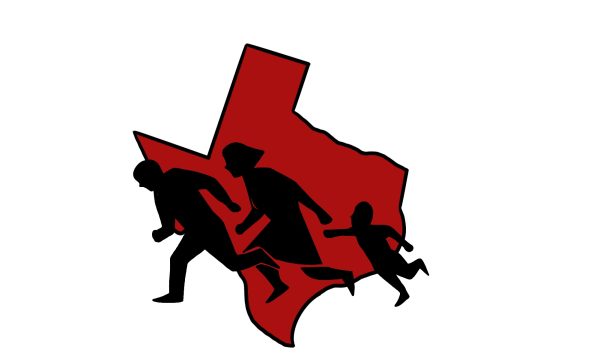Federal government considers validity of state voter ID laws
Earlier this year, the Supreme Court heard Shelby County v. Holder, which challenged the constitutionality of Section 4 and 5 of the Voting Rights Act (VRA). Section 4 establishes the coverage formula, a set of criteria based on whether or not the state maintains tests or devices as prerequisites to vote. The states that meet the criteria are deemed covered jurisdictions.
Under Section 5, these covered jurisdictions must receive federal approval before they can make any changes to voting procedures. This process of gaining federal approval is known as preclearance.
Before the federal government can grant approval to the covered jurisdictions, it must find the change will not deny or abridge one’s right to vote based on race, skin color or minority language group. It must also confirm there is no racial intent behind the change. If the federal government does not believe this is the case, it has the right to deny the state’s request.
The states that have been deemed covered jurisdictions under Section 4 are Alabama, Alaska, Arizona, Georgia, Louisiana, Mississippi, South Carolina, Texas and all but 24 counties in Virginia.
This process was set up in 1965 as a way to prevent racially motivated laws that infringed upon minority groups’ voting rights. Though the process was meant to be temporary, Congress has renewed it four times. Most recently in 2006, Congress voted to extend the process for 25 more years.
However, on June 25 the Supreme Court handed down its opinion on Shelby County v. Holder. In a 5-4 vote, the Court found Section 4(b) of the VRA unconstitutional because, while the coverage formula was renewed four times, it reflected society from the time of its inception in 1965.
The Supreme Court did not hand down an opinion on Section 5, but without Section 4(b) to dictate which states are covered it is virtually useless.
This does not mean that there are no more threats to voters’ rights. It means that half a century later America is a different nation than it was in the 1960s.
A perfect example of this is Senate Bill 14, Texas’ new voter identification law. Texas Congress passed this bill in 2011, but in 2012 it was denied preclearance by a panel of three federal judges. The panel found that the law was very likely to have a retrogressive effect on minority groups’ voting rights. Texas Attorney General Greg Abbott promised to appeal the decision, but as it turns out it was not necessary.
Within two months of the Supreme Court’s decision , the Texas legislature passed Senate Bill 14 as its next attempt to change voting laws m. However, the federal government does not give up that easily.
On Aug. 22, the United States filed a civil law suit against Texas claiming that SB 14 is unconstitutional under the 14th and 15th Amendment and the remaining sections of the VRA.
The federal government wants the Supreme Court to declared SB14 unconstitutional and wants to subject Texas to preclearance under Section 3 of the VRA, which allows the federal government to impose preclearance in non-covered jurisdictions if voters’ rights are threatened.
Unfortunately, protecting voters’ rights requires the United States to sue Texas, which will only further exacerbate relations between Texas and the federal government.
While this case is still in its very beginning stages, this is a precedent setting time as far as voters’ are concerned. Like most things involving the government this is likely to be a long and drawn out ordeal with both sides arguing past each other.
As for the outcome, it could go either way. There is little legal precedent for applying Section 3 since it has rarely been needed, mostly due to the existence of Section 4 and 5. At this point the only thing we can do is sit back, watch it unfold and hope that our right to vote comes out the other side still intact.











